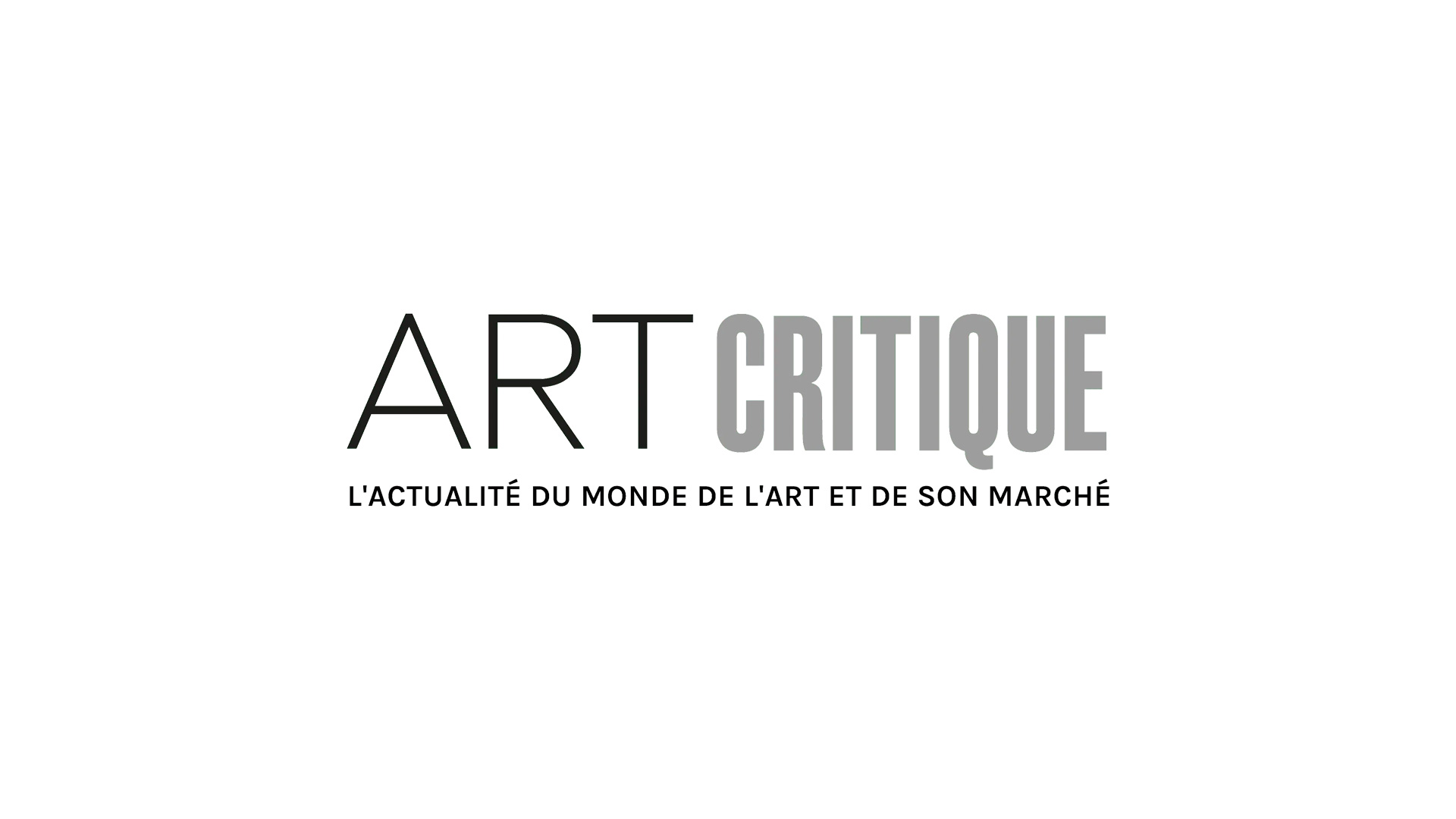‘The history of men’s opposition to women’s emancipation is more interesting perhaps than the story of that emancipation itself.’
In 1929, Virginia Woolf’s feminist text A Room of One’s Own was published. This quote by the writer, nearly 90 years later, still rings true as the fight for women’s rights has morphed from Women’s Suffrage (highlighted this year at its centennial by the likes of London’s National Portrait Gallery), through the Civil Rights movement of the 1940s through the 1960s, various waves of feminism, and to the #MeToo movement earlier this year.
Some aspects of women’s history have been quick to catch up while others have severely lagged. The art world, particularly the academic world of History of Art, often straddles the line. Contemporary female artist, while not entirely treated equally, find more equity. Those of centuries past, however, are often forgotten.
Traditionally, women learned to draw and paint to represent their talents as a lady making her a more attractive prospect for marriage. Some women, particularly those who were the daughters of artists, were exceptionally talented and made names for themselves, although they were usually overshadowed by their Western male counterparts.
As an undergraduate art history student, I vividly remember debates amongst classmates as to whether women should be included in canonical art history. The integrity of women artists would be questioned since they were not formally trained like many male artists were. Some would argue that women artists were not considered because their art simply wasn’t good enough due to this. Others felt that women should be included specifically in spite of the fact that they were not educated in the same manner as men.
Make room for A Space of Their Own
Well, researchers from Indiana University Bloomington have teamed up with the Advancing Women Artists (AWA), a foundation based in Florence, Italy, in creating a database that will highlight 643 female artists, many of whom have been forgotten. The database, called A Space of Their Own – a play on the title of Woolf’s novel – was the brain child of Jane Fortune, the founder of the AWA who passed away in September. The AWA not only seeks to restore and promote the works of female artists, it has identified 2,000 forgotten artworks, primarily by Italian women.
A Space of Their Own will bring together database information and virtual museum experience for public access. Eventually, organizers hope to have high resolution images of all works that are housed in the AWA’s database.
Some of the 643 women already on A Space of Their Own include France’s Cesarine Henriette Flore Davin-Mirvault (1773-1844) and 18th-cenutury nun Sor Juana Beatriz de la Fuente.
The ongoing work of A Space of Their Own joins the ranks of similar projects like the Canadian Women Artists History Initiative’s database featuring Canadian female artists and another database highlighting women artists born between 1860 and 1972 by AWARE, a French non-profit.
The work of such databases are making an effort to reshape the canon of art history which traditionally focuses on white, Western, male artists. Though it may take many more years before more women are highlighted in the textbooks of students around the world, these databases provide exciting supplementary material that reminds us of the contribution women have made to the arts for centuries.





